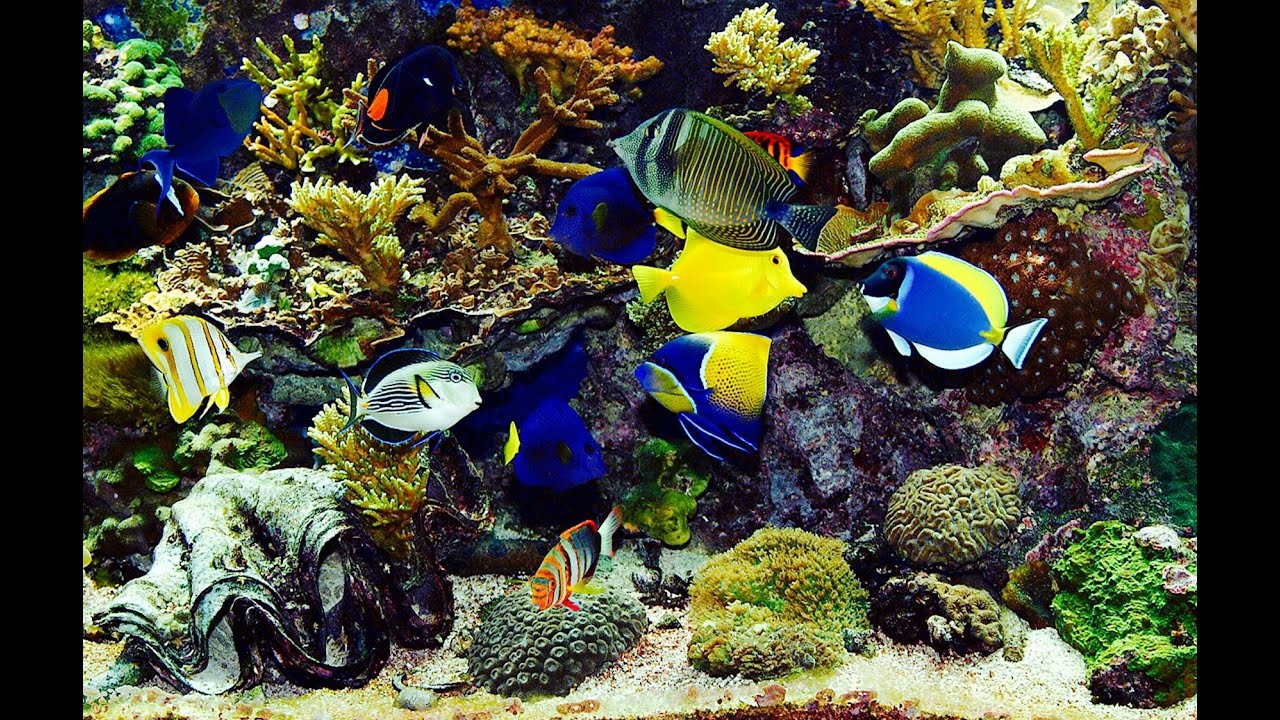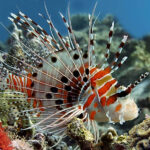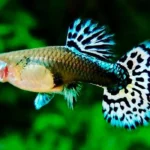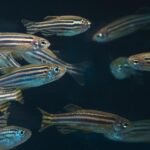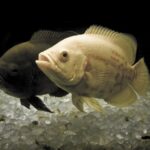Tropical Fish Living gems, tropical fish are colourful, varied, and full of character. From the peaceful schooling of tetras to the brash demeanour of a betta, tropical fish add a splash of the outdoors to our homes. In contrast to a barking dog or a climbing cat, fish require less noise and commotion but provide hours of soothing fascination.
But though they seem easy-maintenance, proper care of them demands good knowledge of what they require.
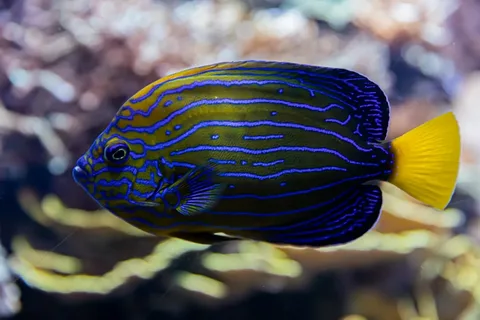
Starting With the Right Setup
Choosing the Right Tank Size
It’s easy to think small — perhaps a little one-gallon bowl for your home office desk. But here’s the reality: small tanks are more difficult to care for. Water quality shifts quickly in tiny amounts, and that can stress or even kill your fish.
Location Matters
Keep your tank out of direct sunlight (to prevent algae), heaters, and drafty windows. The top should be level and sturdy enough to support the weight —don’t forget, water is heavy. A 20-gallon tank weighs more than 200 pounds when filled!
Setting Up the Perfect Tropical Tank
Creating a healthy home for your fish is the foundation of tropical fish care. Poor setup leads to stress, illness, and premature death. Here’s how to do it right.
Choosing the Right Tank Size
Bigger is Better: A 20-gallon tank is a solid choice for novices. Additional water equals increased stability and decreased likelihood of crashes.
Think about fish size and quantity: some fish require more space than others. Research grown-up sizes before purchase.
Filtration System
A reliable filter eliminates waste and maintains oxygen in the water.
Find one that is rated for at least the size of your tank — better yet, more.
Types: hang-on-back, sponge filters (perfect for small tanks), or canister filters (for big systems).
Heaters and Thermometers
Tropical fish love 74–80°F (23–27°C).
A good heater is essential; use it in conjunction with a thermometer to keep the water in check every day.
Substrate and Decor
Gravel or Sand: Select according to your fish species and personal taste.
Plants and Rocks: Provide cover, lower stress, and may assist with water quality. Select real or artificial plants based on your preference.
Lighting
Fish do not require strong lighting, but plants may.
Employ a timer to simulate a natural day/night cycle (8–12 hours of light per day).
Feeding Your Tropical Fish
Types of Fish Food
Flake Food—Good for surface feeders.
Pellets—Sinks slowly, better for bottom feeders.
Frozen/Live Food—Offers variety and enrichment (e.g., brine shrimp, bloodworms).
Vegetables—Some fish enjoy blanched spinach or zucchini.
How Often to Feed
Once or twice a day, only what they can eat in 1–2 minutes.
Remove leftovers to prevent ammonia spikes.
Special Diets
Herbivores need more plant-based foods.
Carnivores might enjoy more live or frozen protein.
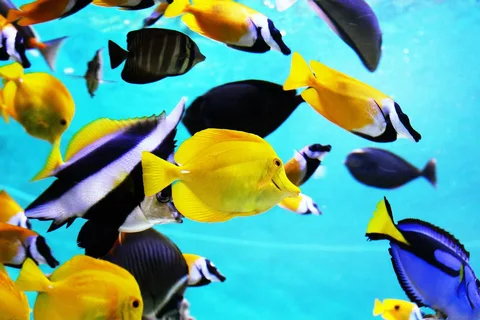
Choosing Tank Mates
Mixing tropical fish takes forethought.
Compatible Combinations
Neon tetras, guppies, corydoras, and mollies do well in a peaceful community tank.
Avoid pairing aggressive fish like bettas with fin-nippers like tiger barbs.
Watch for Signs of Trouble
Torn fins
Hiding or refusing to eat
Constant chasing or bullying
Be prepared for a backup—an extra tank or divider can be a lifesaver in emergencies.
Common Health Issues
Even with ideal care, fish may become ill. Early diagnosis is essential.
Signs of a Healthy Fish
Active and alert
Clear eyes
Vibrant color
Eating normally
Common Illnesses
Ich (White Spot Disease): Looks like salt on the body. Treat with a temperature rise and medication.
Fin Rot: Fins appear torn and ragged. Caused by poor water or bullying.
Swim Bladder Disorder: Fish floats oddly — feed peas and check diet.
Velvet: Golden dust appearance causes lethargy — needs immediate treatment.
Always quarantine new fish for 2–4 weeks before introducing them to the main tank.
Maintaining Your Tropical Aquarium
Consistency is everything. Create a maintenance schedule.
Daily Tasks
Check fish behavior
Monitor temperature
Ensure equipment is running
Weekly Tasks
Test water parameters
Partial water change
Clean the glass and check the filter
Monthly Tasks
Deep-clean filter media in old tank water
Trim live plants
Check for wear and tear on equipment
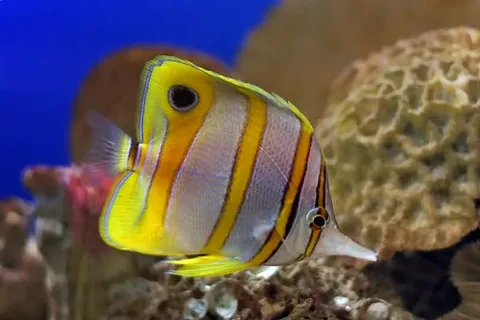
Breeding Tropical Fish
Breeding can be enjoyable and informative.
Livebearers vs. Egg Layers
Livebearers (like guppies and mollies) give birth to free-swimming fry.
Egg layers (like tetras or angelfish) need a spawning site and specific water conditions.
Protecting Fry
Use a breeding box or a separate nursery tank.
Feed babies finely crushed flakes or specialised fry food.
Aquascaping for Beauty and Comfort
Aquascaping isn’t just decoration — it’s an art and science.
Aquascape Styles
Nature Style: Imitates natural environments.
Iwagumi: Japanese style employing stones and symmetry.
Dutch Style: Emphasizes dense plant growth.
Add caves, plants, and driftwood for your fish to discover. It minimises stress and stimulates natural behavior.
Troubleshooting and Expert Tips
Even experienced hobbyists run into problems.
Why Is My Water Cloudy?
Bacterial bloom (normal in new tanks)
Overfeeding
Dirty substrate
Why Are My Fish Hiding?
New tank syndrome
Incompatible tank mates
Bright lighting or lack of cover
Advanced Tips
Use a quarantine tank to prevent diseases.
Feed a varied diet for vibrant colors.
Join online fishkeeping communities for advice and inspiration.
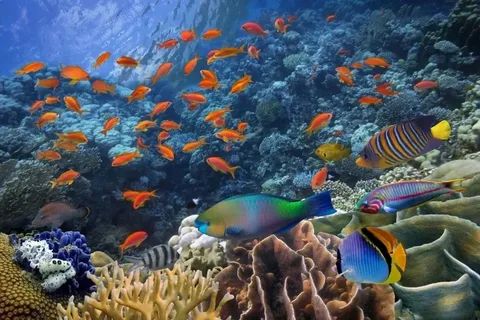
Conclusion
Tropical fish care isn’t just about keeping a tank tidy or tossing in some flakes daily — it’s about building a thriving ecosystem in which life abounds mere inches from your fingertips. It’s a constant conversation between you and a world most humans don’t even see. Each bubble breaking the surface, each twitch of a fin, each swaying plant in the current — it’s all part of an intricate, gorgeous balance that you have control over. Yes, there’s a learning curve.
It takes some patience, dedication, and actual care, but if you put them in, you’ll get an incredible underwater universe that will catch you as much as it does your fish.
Your aquarium becomes more than décor — it becomes a story of growth, harmony, and life. So whether you’re designing your first tank or tweaking a seasoned setup, keep this in mind: tropical fish care isn’t drudgery — it’s an art. And once you take the plunge, you may find that you’re not only making a better world for your fish… you’re creating a more conscious and serene world for yourself.
FAQs
How often should I clean my tropical fish tank?
Partial water changes (10–25%) should be performed weekly, and gravel and glass should be cleaned whenever necessary. It is best to avoid over-cleaning, which can disrupt the beneficial bacteria. A deep cleaning is only necessary in the case of a severe problem such as disease or a tank crash.
Can I keep different species of tropical fish together?
Yes, but compatibility is important. Study temperament, size, and water needs prior to combining species. Don’t combine fin-nippers or other territorial fish with aggressive fish such as bettas.
Do tropical fish need a heater?
Yes — tropical fish do well in water temperatures of 74–80°F (23–27°C). A heater will make the water stable, particularly in cold climates or during the night when room temperature lowers.
How can I tell if my fish are stressed or sick?
Observe for strange behavior: hiding excessively more than usual, refusal of food, quick gill action, dull color, or apparent spots/lesions. Intervention at the early stages is very important, so test for water quality first, and then treat if necessary.
How long does it take to cycle a new tank?
A successful fishless cycle typically takes 4–6 weeks. This process accumulates the beneficial bacteria necessary to process waste safely. Skipping this step or rushing it can cause fish death due to ammonia or nitrite spikes.
Can I use tap water in my tropical fish tank?
Yes, but you need to condition it with a water conditioner to eliminate chlorine and chloramines. Untreated tap water will damage or kill your fish.
How many fish can I put in my tank?
A general rule is 1 inch of fish per gallon of water — but that’s a rough estimate. Always take adult size, filtration strength, and species behavior into account. Overstocking leads to stress, aggression, and water quality problems.
